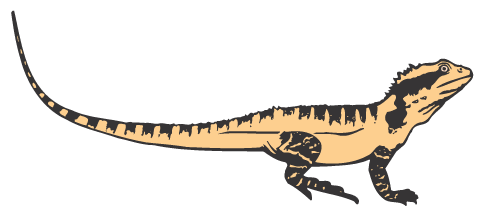Vegetation
Remnant vegetation covers an estimated 40% of the catchment mainly in the north and west on the hills and low hills of the metamorphic sediments of the Neranleigh Fernvale beds and the Bunya phyllites.
There are 11 main Regional Ecosystems described for the Moggill Creek Catchment area several of which have variations related to associated species/communities in specific parts of the RE related to drainage, depth of soil and underlying geology.
In the Gold Creek sub-catchment, the Wonga Creek sub-catchment and much of the main Moggill Creek catchment the remnant ecosystems are dominated by open forests of spotted gum (Corymbia citriodora) and grey ironbark (Eucalyptus siderophloia), with brush box (Lophostemon confertus), tallowwood (E. microcorys) and grey gum (E. propinqua) common in moister positions of the landscape.
The most common remnant forests in the eastern edge of the Moggill Creek Catchment which includes Gap creek sub-catchment are the open forests dominated by spotted gum, and ironbarks. Open forests of brush box with tallowwood and grey gum occurs in gullies and exposed ridges.
On the south western part of the catchment there are small areas of remnant grey gums, grey ironbark and bloodwood (Corymbia intermedia) open forest, with brush box open forest and sometimes tallowwood, grey ironbark and grey gum, and small patches of Araucarian vine forest in the gullies and exposed ridges.
In the upper catchment on Neranleigh-Fernvale beds, are spotted gum, grey ironbark, narrow leafed ironbark (E. crebra) open forests, with open forest of brush box and tallowwood in gullies and exposed ridges. Small areas with deeper more fertile soils of hoop pines Auracarian microphyll vine forests occur on interbedded volcanics and metamorphics.

